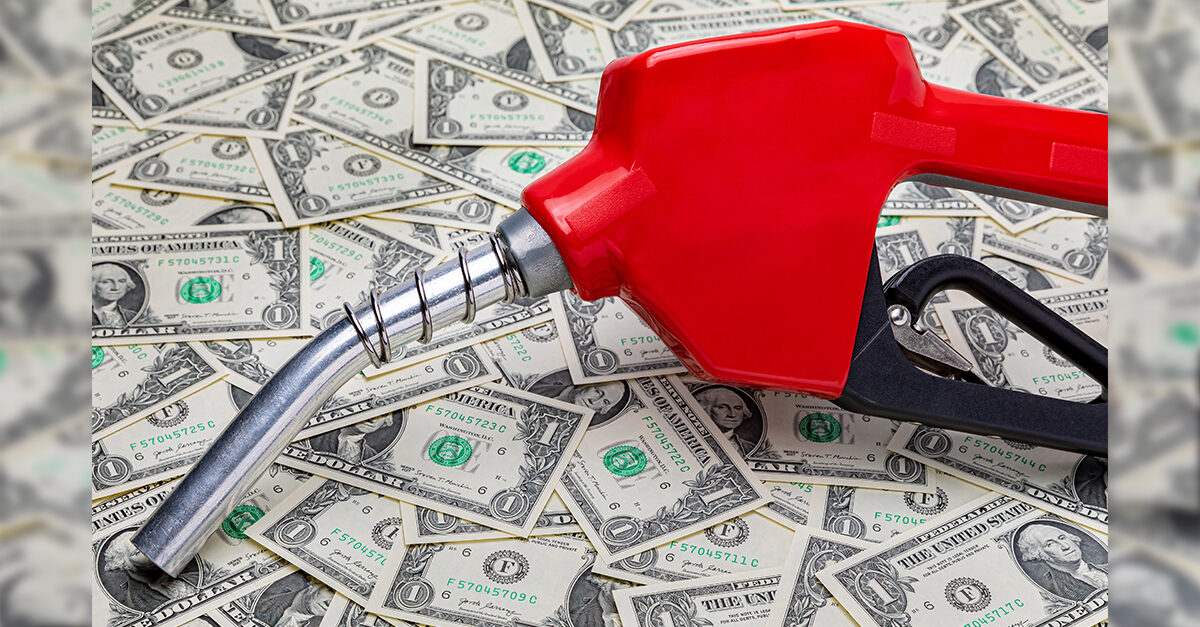Cleaning and building services companies need to keep their fleets up and running to guarantee a profitable business, despite numerous obstacles in their path. Unfortunately, there’s no way around the astronomical prices at the fuel pump, which inevitably bleed into a company’s operations and material costs. This is where fuel conservation comes into play.
The good news is that managers can follow simple steps to ease the pain of skyrocketing gas prices. The trick is identifying ways a fleet might be burning fuel inefficiently. Tools such as GPS tracking and telematics can help managers implement processes to ensure those vehicles are being used in the most economical ways possible.
Here are a few fuel conservation strategies to be aware of and some helpful insights to bolster your bottom line:
Watch for aggressive drivers
The way somebody drives can play a big part in how they burn fuel. A report from the U.S. Department of Transportation demonstrated up to a 35% difference in fuel consumption between a good and bad driver. The report looked at aggressive driving habits such as speeding and rapid accelerating and breaking. It found for every 5 mph over 50 mph that a vehicle travels, managers are paying an additional US$0.31 per gallon.
Your workers should be driving in accordance with posted speed limits. GPS telematics systems, which can monitor a vehicle’s speed, are an effective tool for conserving fuel efficiency.
Keep vehicles en route or shut off
One of the best ways to get ahead of unnecessary fuel expenses is by first understanding how much fuel a fleet is burning. Unfortunately, many vehicles in a fleet spend a great deal of time idling, and an idling truck or van can waste almost a gallon of fuel each hour. GPS tracking and telematics have successfully identified how much fuel is wasted due to extended idle time. In one company, fleet managers utilized GPS data to decrease idle time by 30% within three months.
Giving your fleet team fuel credit cards can also be a great way to track vehicle-related costs—from discounted gas prices and fraud prevention to a detailed breakdown of fuel expenses.
Maintain a healthy fleet
Performing routine vehicle maintenance—from the engine to the tires—is arguably the most proactive action managers can take to keep their fleets running at peak efficiency. Driving a vehicle with old and malfunctioning parts not only affects performance; it guarantees a reduction in fuel efficiency down the road.
Schedule regular transmission flushes, brake inspections, smog checks, and oil changes for your fleet. Tire reliability is also critical for optimal fleet operation. Follow a regular maintenance schedule that includes balancing and rotations, monitoring tire tread depth and pressure, and checking the alignment at least every 80,000 to 100,000 miles.
GPS tracking and telematics can help you keep track of routine maintenance and will alert you when vehicles need attention. Whatever method you use to schedule preventative maintenance, a consistent routine will benefit the overall health of the fleet.
Efficient vehicles mean more money in the bank
As there is no way of knowing when we will get some relief at the gas pumps, it’s imperative that fleet managers do everything in their power to ensure fuel conservation. All the considerations above not only impact a fleet’s fuel efficiency, but ultimately improve productivity and safety as we wait for gas prices to drop.




